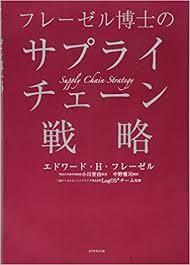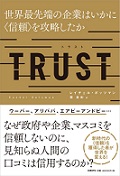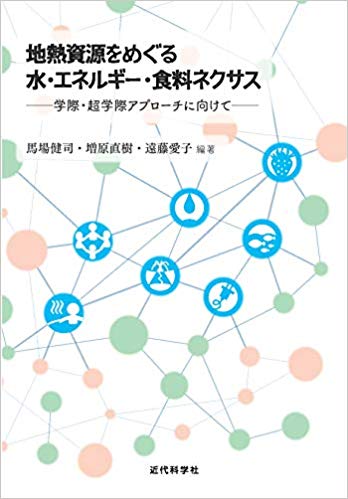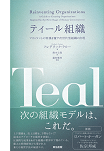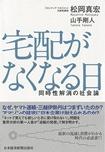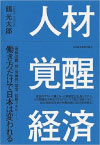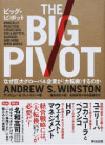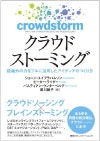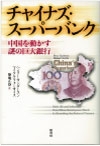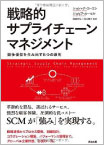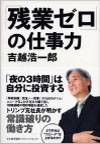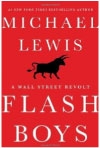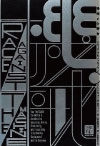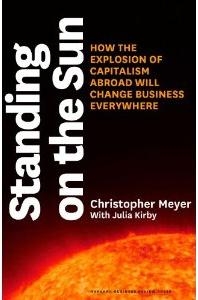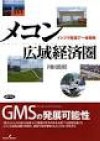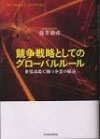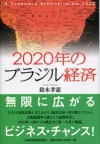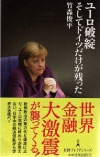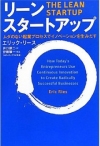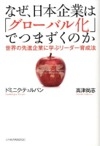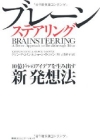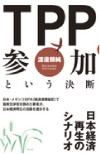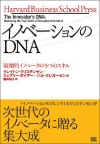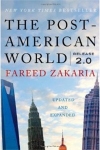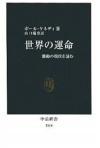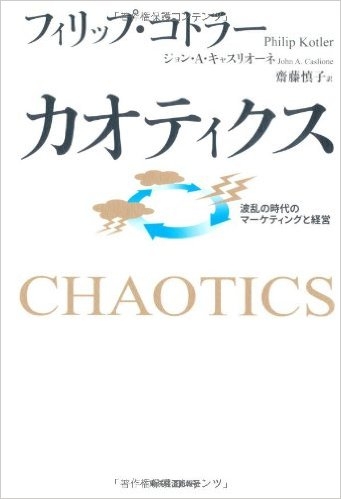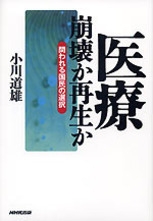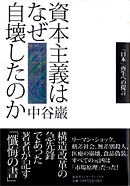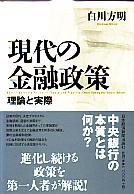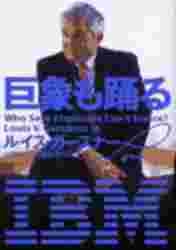研究員お勧めの書籍を独自の視点で紹介

2014年7月29日
要約:
本書は、他者とマイクロ秒(百万分の1秒)を争い、ミリ秒(千分の1秒)間隔で株式の大量売買を繰り返す「高頻度取引(High-frequency trading=HFT)」企業が株式市場の公平性を損なっていると糾弾するノンフィクション。著者Michael Lewis氏は、HFT企業がある市場で一般投資家の買い注文を知り、別の市場へ先回りして値を吊り上げて売りつけることで、確実に利益を上げるfront-runningを行う結果、一般投資家は事実上の手数料を課されていると指摘する。また、HTF企業が市場ボラティリティを高め、flash crashという極めて短時間での急激な株価下落を引き起こしていると批判している。本書は、株式市場の公平性について、規制当局や議会での議論に拍車をかけた書籍であり、米国株式市場の現状を理解する上での良書といえる。
Developed financial markets are expected to operate ‘fairly’, i.e. without undue advantage being afforded to any market participant. If investors’ confidence in market fairness were to diminish, financial market development would undoubtedly be crippled. In the non-fiction book “Flash boys”, Michael Lewis, a veteran financial author and journalist with experience as an investment banker, explores the theme of high-frequency computerized trading and its effects on the operational fairness of the U.S. equity market.
High-frequency trading (HFT) is a type of computerized trading (trading based on pre-inputted algorithms) that takes place at very short time intervals such as a millisecond, a thousandth of a second. Indeed, HFT firms are eager to achieve speed advantages of as little as a few microseconds, or millionths of a second. To this end, not only do they employ superior machinery (computer servers, etc.), but they ‘co-locate’ their trading facilities with stock exchange data centers. In fact, ‘co-location’ is the single most important factor in determining HFT speed.
The author’s argument is that HFT traders use their speed advantage to “front-run” (trade ahead of) regular investors, who range from individual investors to pension funds and hedge funds. By performing the trade that other investors are about to perform ahead of them, they are able to make a profit risk-free. The question arises of how HFT traders are able to grasp investors’ trading information before investors complete their trade. According to the author, the answer is found in Regulation “National Market System” (Reg. NMS), a U.S. Securities and Exchange Commission (SEC) regulation promulgated in 2005 and implemented in 2007. Reg. NMS stipulates that when an investor places an order with his or her broker, the broker must execute the order on the exchange offering the ‘best price’. To the end of establishing what the best price is for each traded stock, the SEC created the “National Best Bid and Offer” (NBBO), an aggregate of all best bid and offer data from the various exchanges. The NBBO is calculated by a computer system called SIP (Securities Information Processor). However, the SIP is not as fast as HFT computers, which under the aforementioned “co-location” agreements are often set up inside the exchanges. The difference between the speed at which the NBBO is updated by the SIP and released to the public, and the speed at which high-frequency traders are able to get investors’ trading information themselves, is what enables HFTs to “front-run” other investors and perform essentially risk-free trades.
The book explains how high-frequency traders operate while narrating the story of Brad Katsuyama, a trader who finds out that his orders are being “front-run” by HFTs and embarks on a crusade to reduce HFT influence on the stock market, including by creating his own trading platform, IEX, immune to HFT front-running. IEX deliberately slows down trading within the exchange, thereby voiding the high frequency traders’ speed advantage. Simultaneously, it calculates bid-offer data for the entire stock market faster than, or as quickly as, HFT firms are able to do.
The author argues that there are further evils to high-frequency trading other than it being a de-facto “tax on investors”. Events such as the May 6th, 2010 “Flash Crash”, a sudden drop in stock prices and equally sudden rise shortly thereafter to recoup most losses, are exacerbated, or flatly caused by high-frequency traders, he claims. HFT makes markets excessively volatile.
Lewis's book appears to have created quite a stir at the highest levels of U.S. financial regulatory authority, namely, the SEC and the U. S. Congress. The SEC has suggested that single provisions in Reg. NMS may be reviewed to ensure that they are not exploited by high-frequency traders. The U.S. Senate has held hearings on the subject of high-frequency trading and several senators have voiced their concerns about “conflicts of interests” deriving from the relationships between exchanges and high-frequency trading firms.
To be sure, there are arguments in favor of high-frequency trading. The principal one is that they create liquidity, shrinking trading spreads in milliseconds. They are, in effect, market-makers. According to figures presented by Lewis in the book, HFTs are responsible for nearly 50% of trading on the overall U.S. stock market. That means that HFT firms essentially provide about half the liquidity. Furthermore, many of the HFT strategies presented in the book are essentially forms of arbitrage, i.e. taking advantage of price discrepancies across markets. Arbitrage, while it does enrich those who carry it out, also plays a positive role in that it helps restore sameness of price across all markets. It is up for debate whether the “tax” that investors are effectively charged by HFT for their market transactions is offset by the benefits of HFT liquidity provision. With regard to arbitrage, is it fair that HFT firms are persistently able to take advantage of arbitrage opportunities because they are faster than any other investor? Is it truly more beneficial to investors that price identity across markets is achieved in milliseconds rather than slightly longer time frames?
Michael Lewis's book has two clear merits: Having presented the various strategies employed by high-frequency traders to a wide, non-specialist audience, in a highly comprehensible fashion; and having sparked a public debate on the subject.
